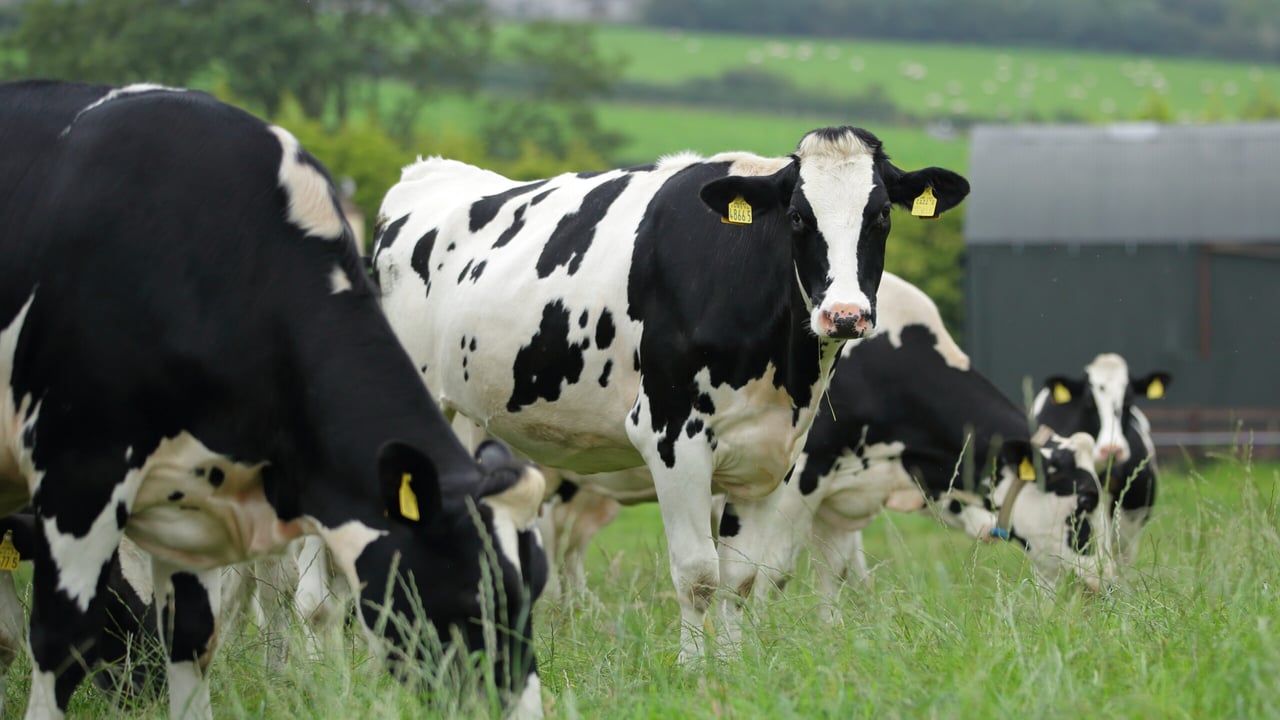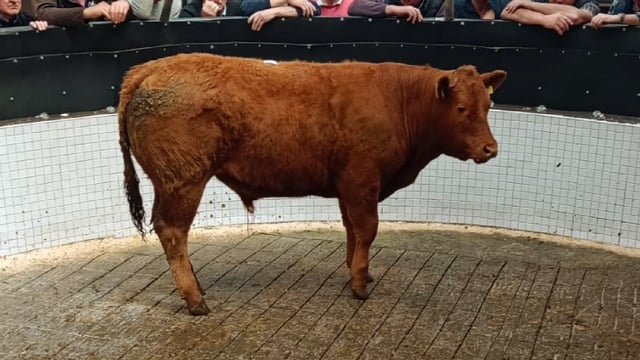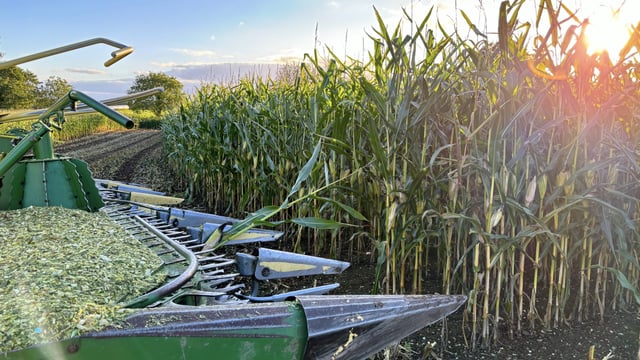Reducing enteric methane emissions through 3-NOP
Reducing enteric methane emissions has been an area of concern for the dairy sector over the last few years as different methods are constantly being researched and explored.
The Environmental Protection Agency (EPA) has stated that agriculture is responsible for 37% of Ireland's greenhouse gas (GHG) emissions with methane accounting for 68% of all Irish agriculture GHGs.
Reducing and mitigating enteric fermentation, which is a by-product of feed digestion within the animals rumen, is recognised as the quickest way to slow down its impact on the atmosphere.
There has been a number of different methods tested and proven to reduce methane, and dietary supplementation has seen a substantial reduction in a lot of cases.
The addition of fats and oils, containing high proportions of polyunsaturated fatty acids (e.g., soya oil and linseed oil) to the diet has proven to reduce the production of methane in a number of studies.
The use of seaweed in an animal's diet has been a long standing tradition in Ireland, with the tropical red seaweed, asparagospis taxiformis proving it could reduce methane emissions by 80% when small quantities were added to a diet.
However, the Irish climate is not suitable for the commercial production of this seaweed. Teagasc studies are ongoing for the testing of indigenous seaweeds to see if their benefits can be reaped.
There is certainly a sense of urgency to find solutions to reduce enteric methane, and the synthetic compound 3-nitrooxypropanol (3-NOP) has been researched on dairy and beef cattle.
The extensive research of the compound has shown that it has the capabilities of reducing methane by up to 30% when fed indoors to dairy cows within a mixed ration.
A recent study at Teagasc Moorepark, carried out by Hazel Costigan, Laurence Shalloo and Ben Lahart, showed the impact of the 3-NOP when fed to spring-calving cows across different scenarios.
Feeding the compound to grazing lactating dairy cows after milking twice-a-day was showed to reduce enteric methane by 5%.
The methane output was reduced by 11% when a top dressing of 3-NOP was spread onto grass silage twice daily to non-lactating cows that were indoors.
The 3-NOP inhibitor showed that it can reduce methane emissions by up to 22% when fed to non-lactating cows through grass silage using a mixer wagon.
With this information from the study, it led to approximately 3,500 cows across 18 Teagasc dairy farms being successfully fed 3-NOP throughout the winter of 2023/2024 by mixing the inhibitor through grass silage.
There are a number of other strategies to help lower the output of enteric methane within your dairy herd, and could be implemented on your farm, such as:
- Animal breeding - a long term strategy is breeding for animals that emit less methane;
- Improved animal health - a healthy animal will be more productive during its lifetime;
- Pasture management - a reduction in sward digestibility leads to a notable increase in enteric methane emissions as it promotes an abundance of ruminal microbes.
Overall, in order to achieve a substantial reduction on your own farm, it will require a combination of strategies focused on suppressing methane output.
Dietary supplementation has proven to reduce methane emissions and can be used effectively, however, further research is required to achieve better reductions for lactating dairy cows out at grass.





